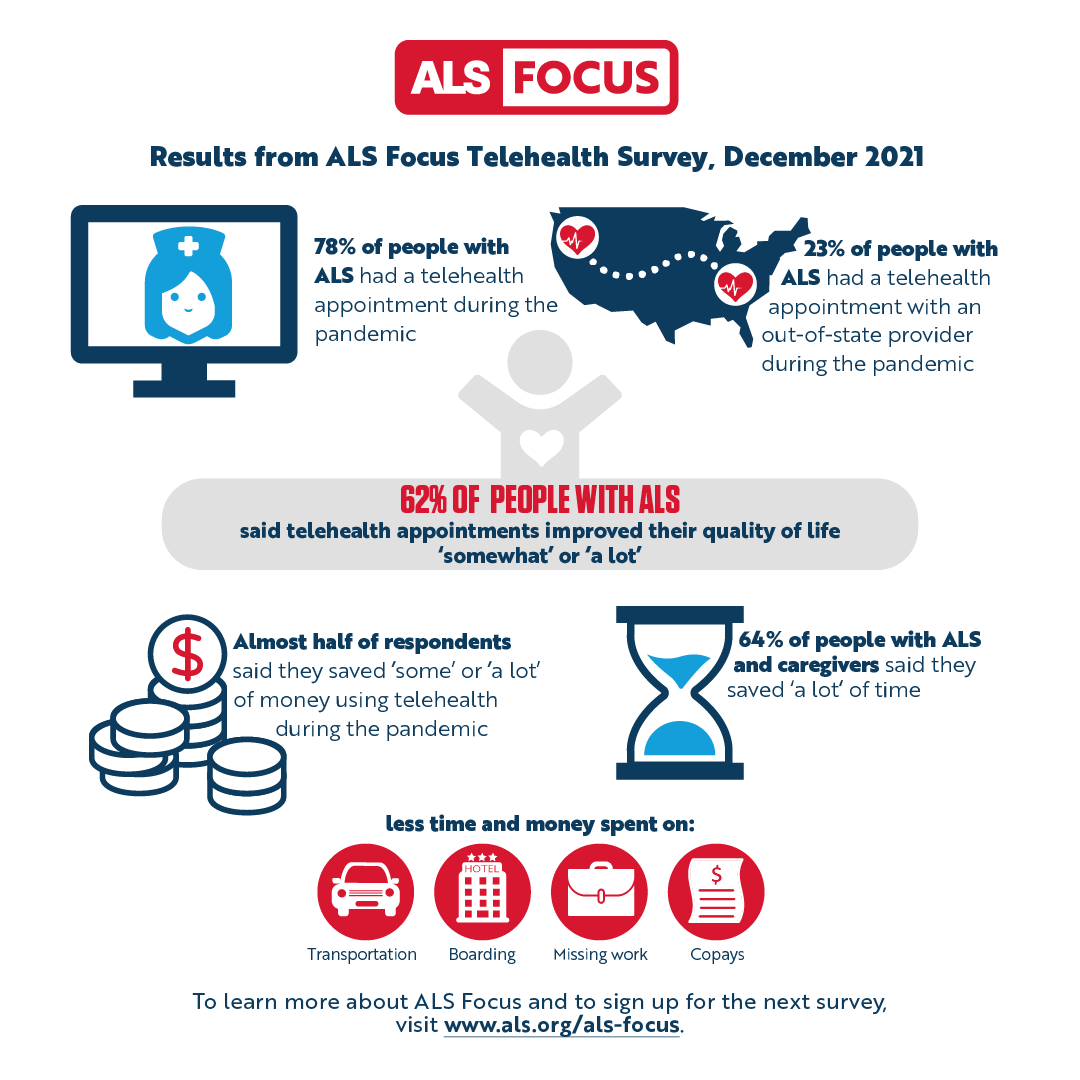Telehealth Appointment Participation
Survey results indicate that it has been common for people with ALS to participate in telehealth appointments since the pandemic began. Over three quarters (78%) of respondents reported participating in a telehealth appointment during that time.
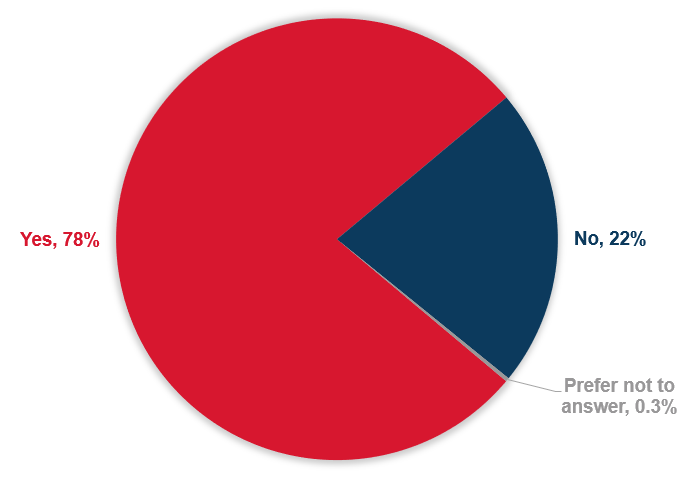
Figure 1. Proportion of survey respondents who participated in a telehealth appointment since the beginning of the COVID-19 pandemic.
Who did people with ALS meet with?
Survey results also illustrate how people with ALS were seeing health care providers they would not have access to without telehealth. About one quarter (23%) of respondents said they met with a health care provider from out of state.
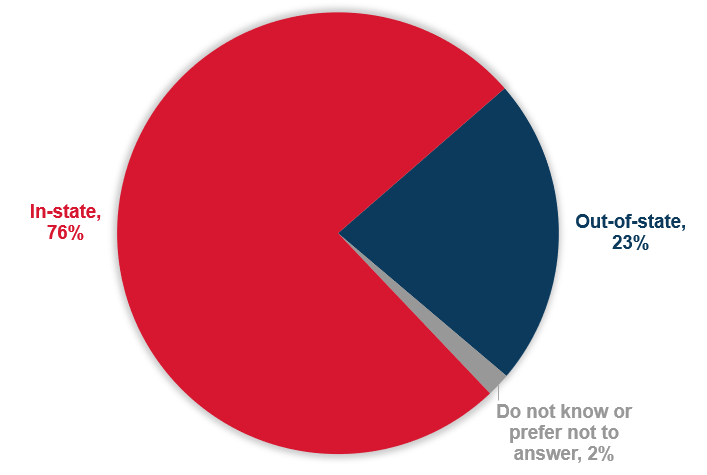
Figure 2. Proportion of survey respondents who participated in a telehealth appointment with an out-of-state healthcare provider since the beginning of the COVID-19 pandemic.
Comparing In-Person vs. Telehealth Appointments
The results also demonstrate the extent to which telehealth access can improve quality of life for people living with ALS and their caregivers.
Did people with ALS and caregivers save any money or time by participating in telehealth?
We first asked both groups separately if they felt they saved any money or time participating in telehealth appointments versus in-person appointments for ALS since the pandemic began. Figure 3 shows the responses from people with ALS and caregivers.
Examples of money that could be saved included costs for co-pays, transportation, lodging, or lost wages at work.
When asked whether telehealth enabled them to save money:
- 13% of people with ALS said telehealth appointments saved them a lot of money.
- 37% said that they saved some money.
- 22% said they saved very little money.
- 24% said they saved no money.
Caregivers give similar answers:
- 13% said that telehealth appointments saved them a lot of money.
- 31% said telehealth saved some money.
- 24% said they saved very little money.
- 22% said they saved no money.
Examples of time were time spent preparing to travel, actual travel and time in the clinic waiting room.
When asked whether telehealth enabled them to save time:
- A majority (57%) of people with ALS said telehealth saved them a lot of time.
- 35% said it saved some time.
- 6% said it saved very little or no time.
For caregivers:
- 72% said telehealth saved them a lot of time.
- 22% said telehealth saved them some time.
- 5% said telehealth saved them little or no time.
Combined, 64% of people with ALS and caregivers felt they saved a lot of time using telehealth for ALS during the pandemic.
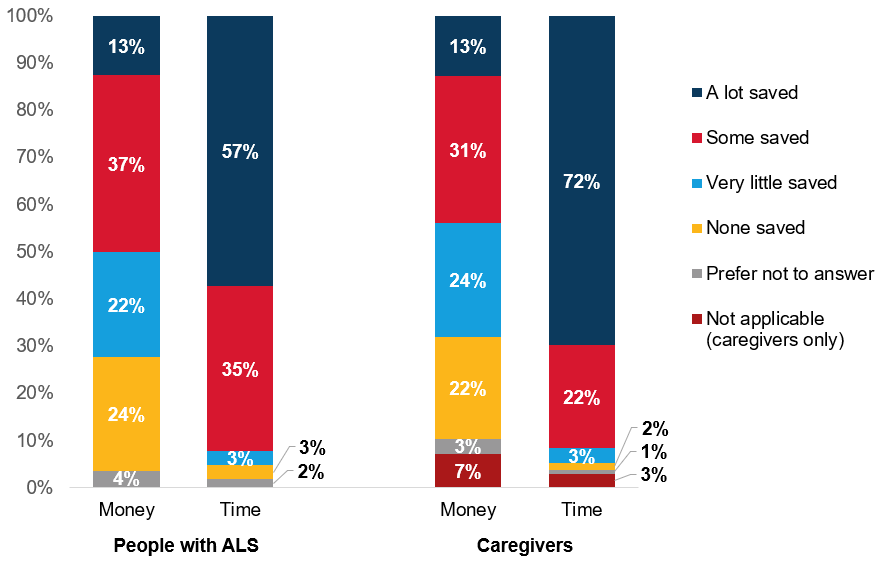
Figure 3. How people with ALS and caregivers felt about whether telehealth appointments saved money and time.
In the minds of people with ALS, how effective were telehealth appointments?
Survey results show how people with ALS rated their telehealth experiences compared to in-person health care visits.
The majority of people with ALS (54%) found telehealth appointments just as good as in-person appointments for explaining their concerns to health care providers, while 40% felt that telehealth appointments were worse for holding these discussions. Similarly, 64% of participants thought these appointments were just as good for receiving guidance from their health care providers, while 30% felt that telehealth appointments were worse for this guidance.
People with ALS were less confident about receiving high quality care through their telehealth appointments. Specifically, 51% said telehealth is worse for instilling confidence in the quality of care. Still, 43% said telehealth was just as good for this confidence.
Finally, in regard to whether telehealth appointments improved quality of life overall for people with ALS, perspectives were mixed. A quarter (25%) of people with ALS said that compared to in-person appointments, telehealth appointments improved their quality of life a lot. Most (37%) said these appointments somewhat improved their quality of life. About a quarter (26%) said telehealth appointments improved quality of life very little, and 10% said their quality of life did not improve at all.
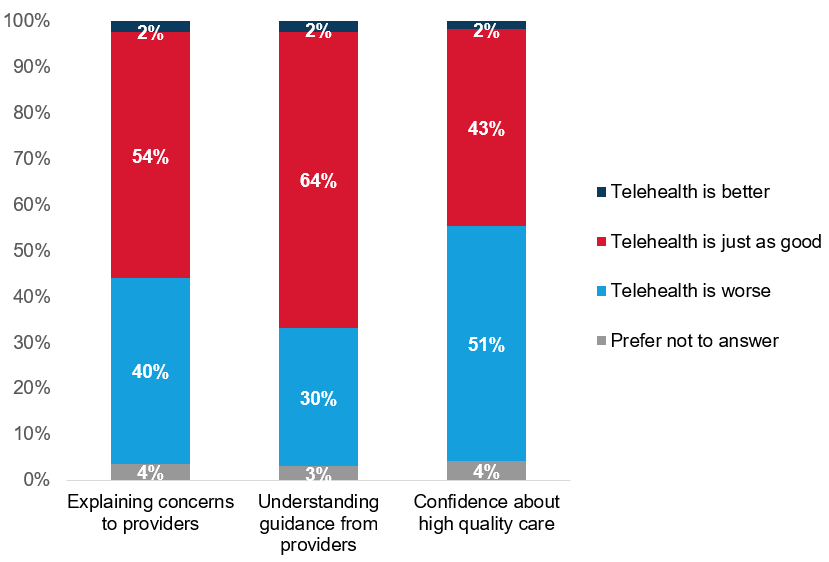
Figure 4. People with ALS rated how telehealth appointments compared to in-person appointments based on several criteria.
Results Summary
A majority of people with ALS have participated in telehealth appointments for their ALS care since the pandemic began, saving themselves and caregivers a substantial amount of time and even some costs associated with traditional in-person appointments. Some people with ALS are also participating in telehealth appointment across state lines.
The COVID pandemic caused regulators to loosen their restrictions for clinicians practicing across state lines, allowing clinicians to extend their reach beyond their local areas. In collaboration with other nonprofits, the ALS Association is advocating to make this new approach permanent for people living with ALS. Data and insights gathered from this survey are crucial to informing legislators on the needs and preferences of people with ALS and caregivers around telehealth. Congress must permanently extend these expansions and ensure all health care services important to people with ALS are covered by telehealth.
Congressional expansion of telehealth was critically important for people with ALS throughout the COVID-19 public health emergency to maintain care and support. Results from this survey will help the Association fight to expand telehealth policies and services. We encourage other ALS support organizations and researchers to use these data for their own initiatives in the fight against ALS.
In addition to measuring the needs and experiences of people with ALS with telehealth, this survey measured their preferences around telehealth quality. The data overall suggest that people with ALS tend to prefer in-person appointments to telehealth appointments for their ALS care. These results are reasonable when considering the types of treatments and procedures people with ALS need as part of their care. However, we suspect preferences around telehealth and quality of care may be more nuanced and depend on factors such as type of ALS, length of disease, type of provider (e.g., neurologist vs. genetic counselor), urban vs. rural locations, and even quality of home internet connection. These sorts of sub-analyses are all possible using ALS Focus data.
The telehealth survey data will be available for free by summer 2022. Public data files from previous ALS Focus surveys are available here.
The telehealth survey included other measures such as participation in clinical trials through telehealth, types of providers seen through telehealth, tests performed at home during telehealth appointments, and participation in other types of ALS programs and trainings using telehealth (e.g., virtual evaluation for wheelchair or other durable medical equipment). Many survey questions also distinguished between telephone and videoconference appointments.
Your Opinions Matter!
Through this research on telehealth and other surveys, the Association hopes to improve support programming for patients and caregivers, improve scientific research and clinical trials for people with ALS, and learn how to effectively advocate for the ALS community.
Click here to take ALS Focus Surveys
Sharing the wants and needs of people with ALS and caregivers is the ultimate goal of the ALS Focus survey program.
Survey Methods
The survey took place online between June 3, 2021 – September 17, 2021, and it contained about 30 questions. Four participants were excluded from this analysis because they received an incorrect survey. To prevent the data from being duplicated, some analyses excluded nine current caregivers because the same analyses included responses from the person they cared for. This study, as part of ALS Focus, has an exemption determination from the Western Institutional Review Board.
The results presented here are not intended to represent the full population of people with ALS or ALS caregivers in the United States. Instead, these results reflect the needs and experiences of those who participated in the survey.
